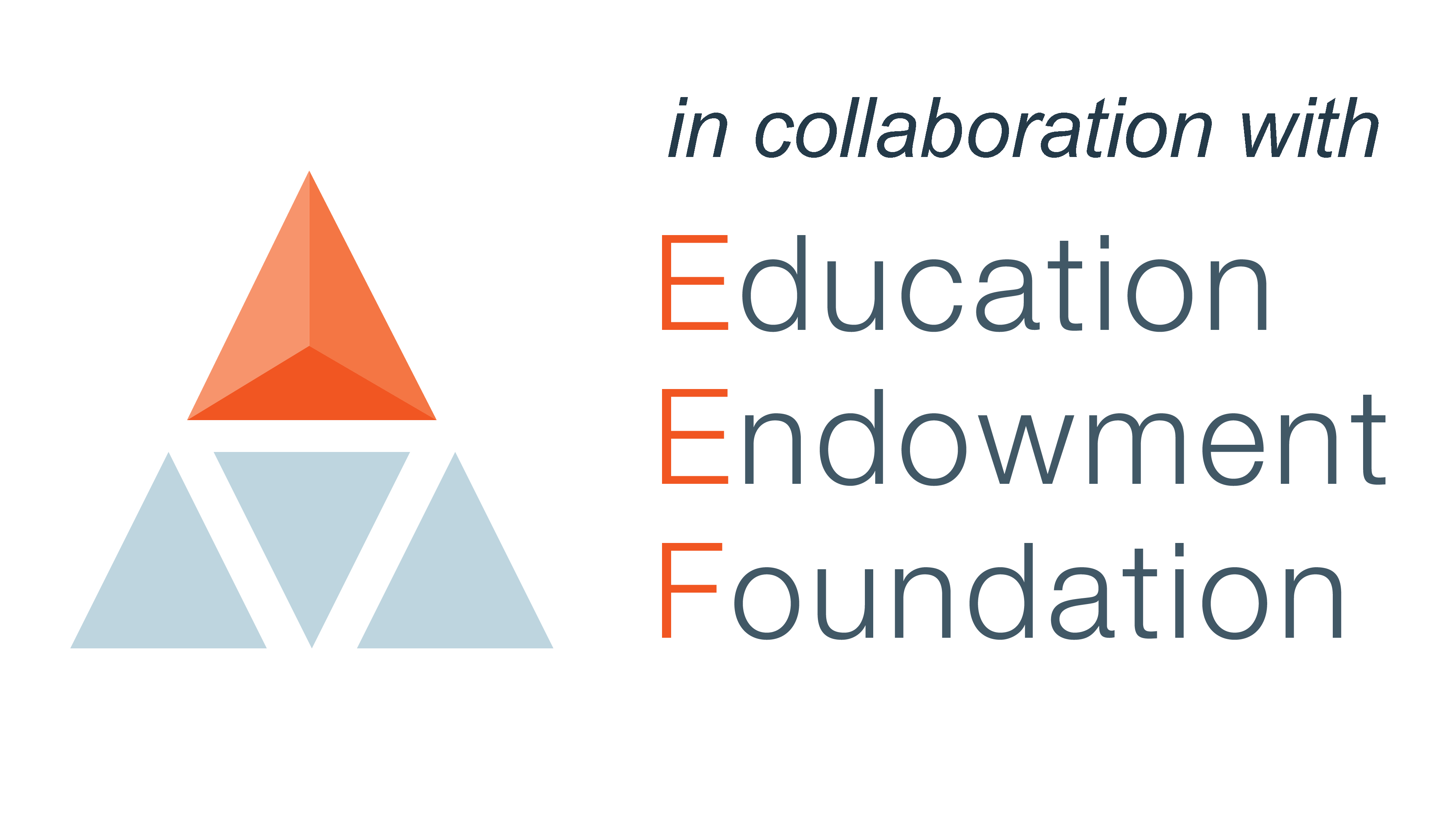What are learning styles?
The learning styles theory proposes that individuals are better suited to a particular style of learning.
How do learning styles work in the classroom?
While learning styles have been widely debunked, a study by Macdonald and colleagues (2017) found that “in classroom practice, teachers have adapted the theory to fit classroom needs”.
“For example, teachers weave visual and auditory modalities into a single lesson rather than providing separate modality-specific lessons to different groups of children based on self-identified learning style preferences,” they say.
They even go so far as to say that an “unintended and potentially positive outcome of the perpetuation of the learning styles neuromyth is that teachers present material to students in novel ways through multiple modalities, thereby providing opportunities for repetition, which is associated with improved learning and memory”.
Further reading:
The Education Endowment Foundation (EEF) is an independent charity dedicated to breaking the link between family income and educational achievement.
To achieve this, it summarises the best available evidence for teachers; its Teaching and Learning Toolkit, for example, is used by 70 per cent of secondary schools.
The charity also generates new evidence of “what works” to improve teaching and learning, by funding independent evaluations of high-potential projects, and supports teachers and senior leaders to use the evidence to achieve the maximum possible benefit for young people.





